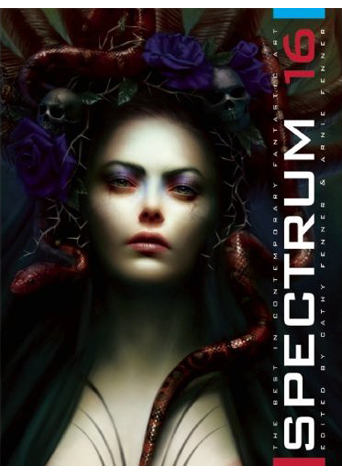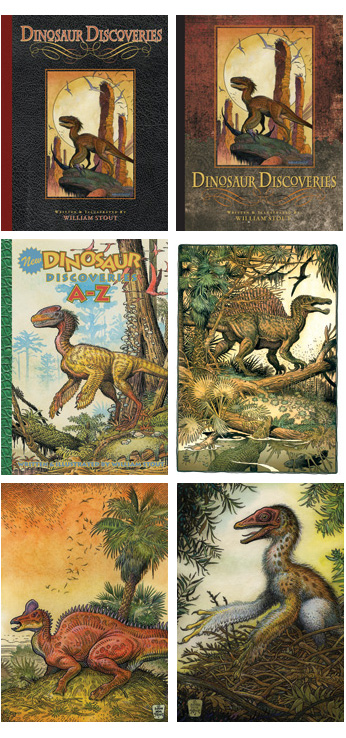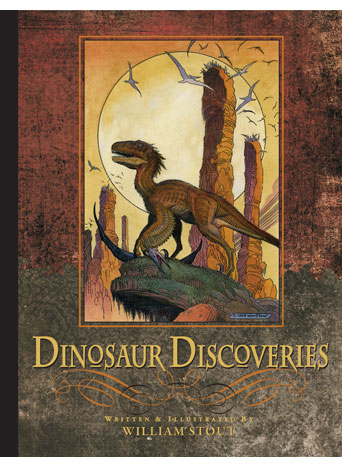
I’m super-stoked to have received an advance copy of Imaginative Realism: How to Paint What Doesn’t Exist by James Gurney.
One of my favorite types of books to collect are those dealing with the artistic process. Even though I am not an artist, I find these books to be quite valuable in recording how an artist thinks, approaches his art, and reveals his/her techniques. It serves as being beneficial for contemporary artists and students, and also a recording for future generations. There are a handful of books that I find are indispensable in these regards. A few of my favorites are: Forty Illustrators and How They Work by Ernest Watson (Watson-Guptill, 1946), Illustrating for the Saturday Evening Post by Ashley Halsey, Jr. (Arlington House, 1946), A Complete Guide to Drawing, Illustrating, Cartooning, and Painting by Gene Byrnes (Simon and Shuster, 1948), and the Famous Artist Schools Course books. The later features rare individual volumes by Norman Rockwell, Robert Fawcett, Jon Whitcomb, Al Parker, to name a few, then the actual course volumes that came in three or four ring-bound binder volume sets starting in 1954. This new book by James Gurney will fit nicely right alongside these books on the top master illustrators and artists.
What I enjoy about Gurney’s work is that he knows his fundamentals and knows how to paint a believable realistic figure in fantasy, historical, and real world situations. And, as is testament in Imaginative Realism, he has no trouble breaking down the process in a simple and easy to understand approach.
I’ve read about half of the book so far by bouncing around the pages. I flip open the book to a random page and start reading. It’s easy to jump into at any point and learn something new. The text is friendly, to the point, interesting, and helpful.
There’s a wide array of topics covered, including, setting up the studio, lighting equipment and drawing and painting materials, sketching, historical drawings, and how to draw people, dinosaurs, creatures and aliens, architecture and vehicles. Additional chapters include plein-air studies, composition, procedure, careers, and more. There is a large array of artwork to support the text. These paintings and drawings cover Gurney’s career, and give you a reference of his growth over the last few decades.
One thing I was totally blown away by was his sculptures and building of maquettes to study and plan compositions and lighting for use as reference for a painting.
James is one of the most successful contemporary illustrator artists. His work spans book covers, movie design work, toy design, theme park design, as well as his highly popular Dinotopia books. He has done us all a service by sharing his techniques, experiences and knowledge.
The book is a deal at $24.99 for a full-color 224 page 8.5 x 11” softcover. It is published by Andrews, McMeel Publishing. You can purchase signed copies directly from the author/artist at his Dinotopia website by clicking here.
You can learn more about Jim at his Gurney Journey blog by clicking here. Be sure to check out his Special Delivery and hilarious Unicycle Painter posts.
John
John Fleskes
Flesk Publications






